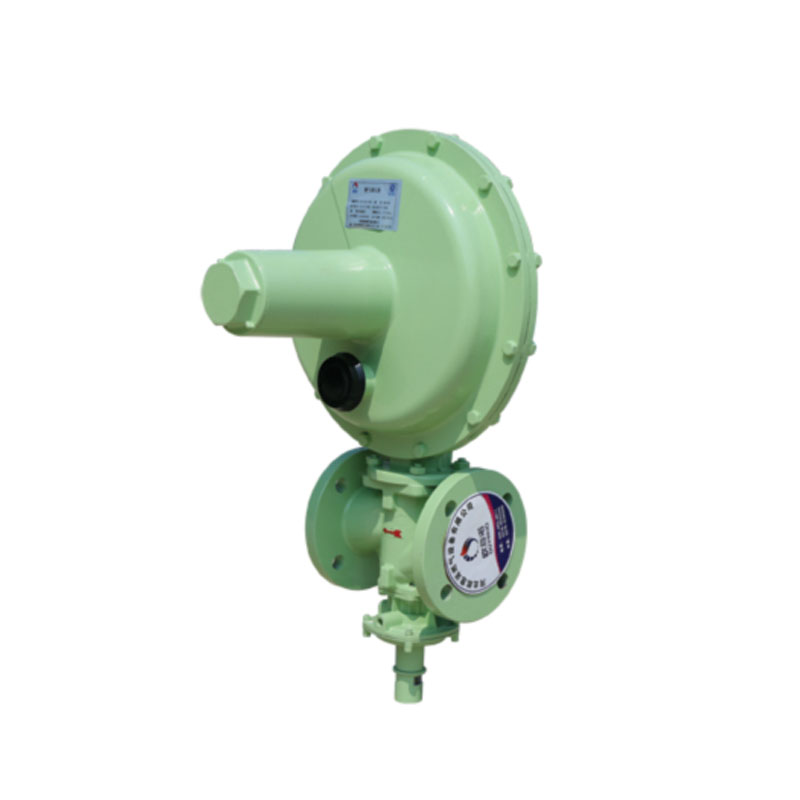
Nov . 24, 2024 08:57
Back to list
natural gas distribution station
The Importance of Natural Gas Distribution Stations
Natural gas has emerged as a vital energy source in today’s industrialized world, contributing significantly to heating, electricity generation, and fuel for vehicles. One of the cornerstones of the natural gas supply chain is the distribution station, a facility that plays a crucial role in transporting natural gas from processing plants to consumers, including residential, commercial, and industrial users.
Understanding Natural Gas Distribution Stations
Natural gas distribution stations are facilities that receive high-pressure natural gas from pipelines and reduce its pressure to levels suitable for local distribution systems. These stations serve as a vital link in the gas supply chain, ensuring that natural gas is delivered safely and efficiently to end-users. Through the use of compressors, regulators, and various safety mechanisms, distribution stations maintain the integrity of the gas while minimizing the risk of leaks and accidents.
Key Functions of Distribution Stations
The primary function of a natural gas distribution station is to pressurize and treat the gas before it enters the local distribution network. Here are some key functions that these stations perform
1. Pressure Regulation Natural gas travels through transmission pipelines at high pressures, which must be reduced before it can be safely distributed to homes and businesses. Distribution stations are equipped with pressure regulators that adjust the gas pressure to appropriate levels.
2. Metering Accurate measurement of gas flow is essential for billing and monitoring consumption. Distribution stations incorporate metering equipment to track the volume of gas being sent out to customers.
3. Odorization Natural gas is naturally odorless, but for safety reasons, an odorant is added to make leaks detectable. Distribution stations are responsible for the odorization process to ensure public safety.
natural gas distribution station

4. Safety Checks These stations are designed with numerous safety features to detect and mitigate potential hazards. Continuous monitoring systems track pressure, temperature, and flow rate, helping operators identify irregularities that could indicate leaks or other issues.
5. Maintenance and Repairs Regular maintenance of equipment is essential for the safe operation of distribution stations. Trained personnel are responsible for routine checks and emergency repairs, ensuring that the facility operates smoothly.
The Role of Distribution Stations in Sustainability
As the world transitions to cleaner energy sources, natural gas is often seen as a bridge fuel to reduce carbon emissions while transitioning to renewable sources. Distribution stations facilitate this shift by enabling the efficient delivery of natural gas, which produces lower emissions compared to coal and oil when burned for energy. They not only supply homes with heating and cooking gas but are also crucial in providing fuel for vehicles and industries looking to adopt cleaner alternatives.
Challenges Facing Natural Gas Distribution Stations
Despite their importance, natural gas distribution stations face several challenges. Aging infrastructure poses risks, as many facilities are based on older technology that may not meet today’s safety and efficiency standards. Moreover, environmental concerns and regulations are becoming increasingly stringent, pushing operators to adopt more sustainable practices.
The industry is also grappling with public perception; in light of rising awareness about climate change, there is growing scrutiny of fossil fuels, including natural gas. As such, the industry must invest in new technologies and approaches, including leak detection systems and more efficient distribution processes, to mitigate environmental impacts.
Conclusion
Natural gas distribution stations play an indispensably vital role in the energy landscape, ensuring that this versatile fuel reaches consumers safely and efficiently. As the world continues to explore sustainable energy solutions, the importance of these stations cannot be understated. Their ability to adapt to new technologies and environmental standards will dictate their future relevance in an evolving energy market. By investing in infrastructure and promoting safety measures, the natural gas industry can strive to fulfill its role as a reliable energy provider while also addressing the challenges posed by climate change and public scrutiny. As we look toward a greener future, the natural gas distribution network must remain resilient, innovative, and prepared to meet the demands of a changing world.
Next:
Latest news
-
Safety Valve Spring-Loaded Design Overpressure ProtectionNewsJul.25,2025
-
Precision Voltage Regulator AC5 Accuracy Grade PerformanceNewsJul.25,2025
-
Natural Gas Pressure Regulating Skid Industrial Pipeline ApplicationsNewsJul.25,2025
-
Natural Gas Filter Stainless Steel Mesh Element DesignNewsJul.25,2025
-
Gas Pressure Regulator Valve Direct-Acting Spring-Loaded DesignNewsJul.25,2025
-
Decompression Equipment Multi-Stage Heat Exchange System DesignNewsJul.25,2025

